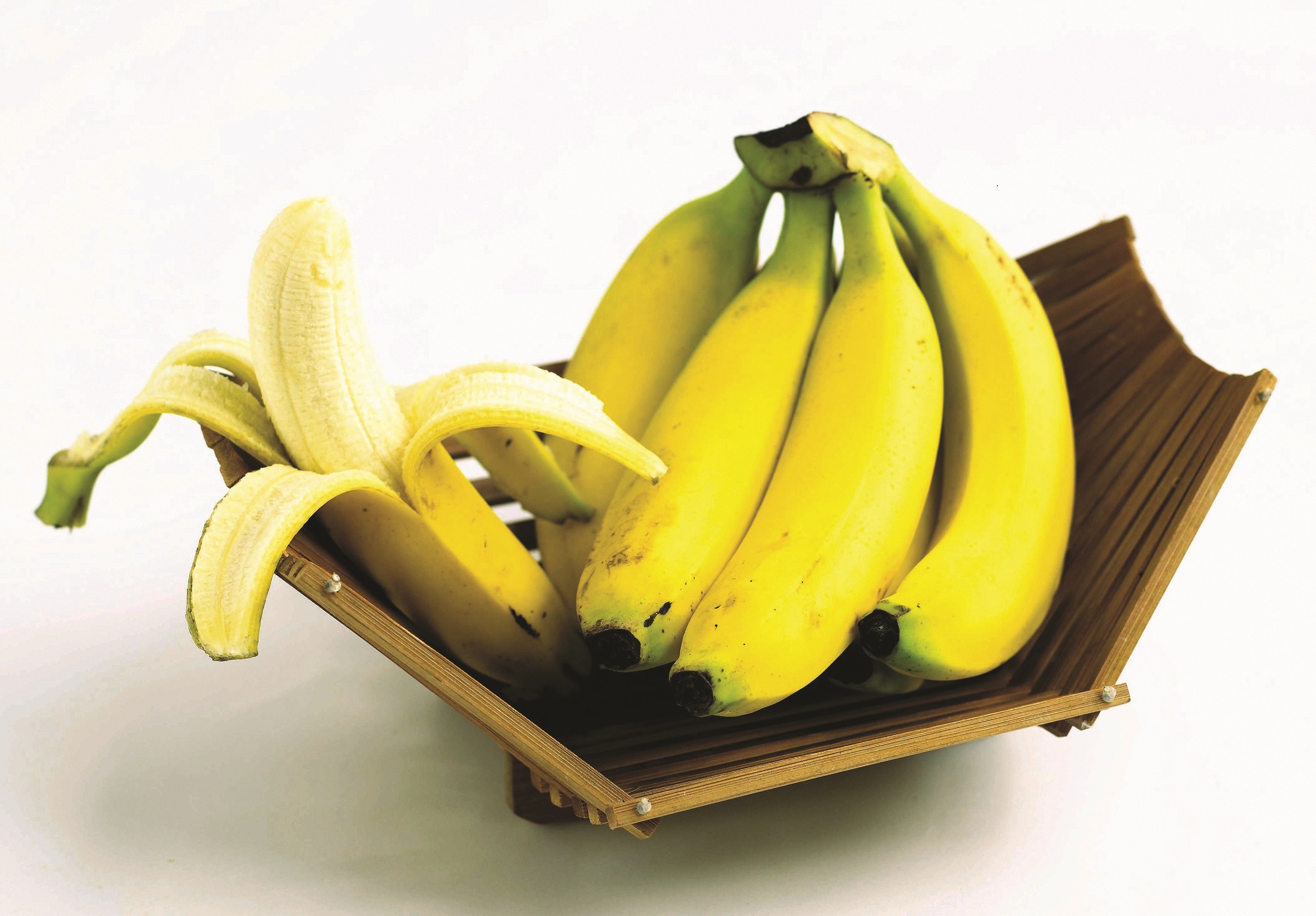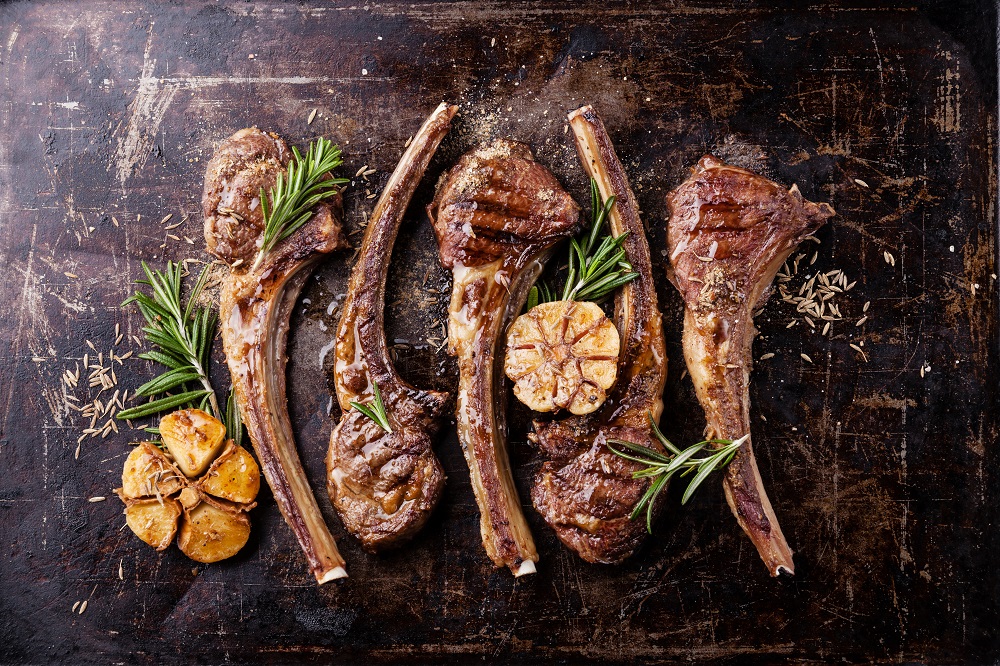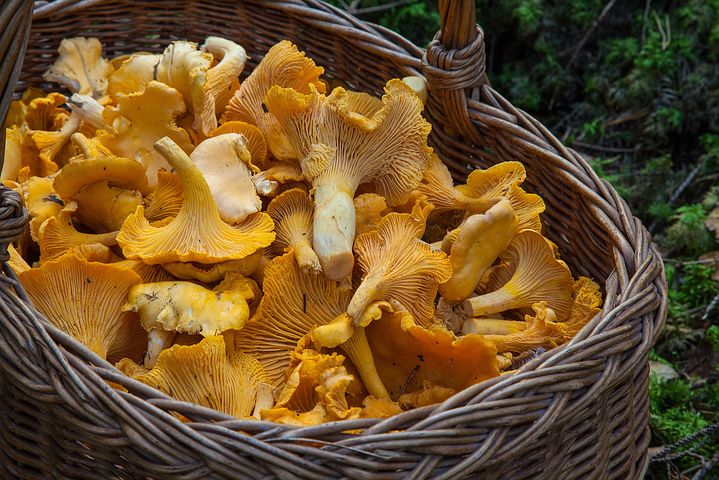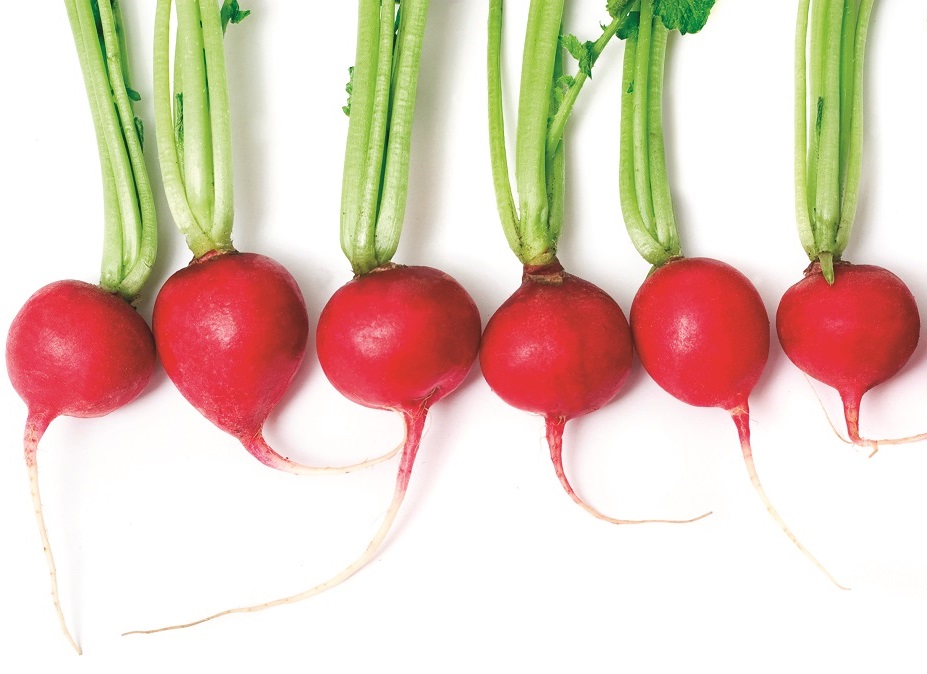Whether it's fruit, vegetables, freshwater fish or seafood you fancy, eating what's in season now can mean tasty, nutritious, sustainable and cost-effective choices.
This page will help you discover what to eat right now and what foods you can look forward to throughout the year.
April Seasonal Produce
Bananas

Bananas belong in every month as they have no particular season, they can be grown all year round in Latin America, Africa and the Caribbean. They grow from a bulb, rather than a seed like most fruits do, and it takes 9- 12 months from the bulb being planted for the banana fruits to be ready for picking. Try to buy Fairtrade bananas when you can, this means that the people who grow the bananas are paid fairly for their work.
They are such a staple fruit in the UK that we can forget they are as much an exotic fruit as a mango or pineapple. Bananas are such an easy snack, all ready to be eaten, available in various sizes and they have their own protective skin meaning we don`t have to box them up. However bananas are renowned for their ability to speed up the ripening process of other fruits around them, this is because when they are ripe they release a gas called ethene which naturally ripens other fruits by breaking down their cell walls, causing them to soften, so it is only when bananas are ripe themselves that they have this effect.
Nutrition fact: bananas are a source of potassium, meaning they contain at least 15% of the recommended daily intake.
Lamb

A classic throughout spring and Easter time, lamb is part of many family dinners on Easter Sunday. Whilst lamb is available all year round, due to springtime being lambing season availability increases. For meat to be classed as lamb it will be slaughtered before it is 1 year old. As they grow up into sheep the meat becomes tougher and requires slow cooking in order to tenderise it, hence why lamb is much more popular than mutton (the name given to meat from fully grown sheep). As with other red meat lamb has many different cuts, can be served as a roasted joint, diced into a stew or made into mince.
Lamb is a good source of vitamin B12, zinc and iron, which is typical of all red meat. It is recommended that we consume up to 70g of red and processed meat a day which equates to 350g each week, to put this into perspective 350g would be equivalent to 1 homemade burger, 1 portion of stew and 3 rashers of bacon.
Lamb`s perfect for comforting roasts or light lunches. Serve with crunchy potatoes roasted in lovely lamb juices or with a couscous salad of red onions, cucumber, parsley and pine nuts.
Mushrooms

A member of the fungi family that can make an appearance at breakfast, lunch and dinner. We`re thinking mushrooms on toast, spaghetti Bolognese or stuffed with breadcrumbs and blue cheese, yum! There are such a variety of mushrooms, typically supermarkets tend to stock closed cup, button and field mushrooms but if you look further afield you will find chanterelle (left), shiitake, oyster and so many more. There are hundreds of varieties of mushrooms out there, some edible and some not. They vary in taste, some being earthy, some being sweeter and some more meaty.
A mushroom fact that we find fascinating is that 100g of raw mushrooms contains 7kcal! Is that all? Yet whilst they provide us with little energy they are packed with potassium, riboflavin, niacin and folate. The latter three micronutrients are B vitamins which are water-soluble meaning if the mushrooms are cooked in water some of the vitamins will be lost to the water, therefore dry frying or grilling are better options for nutrient retention.
Cooking tip: mushrooms release a fair bit of water on cooking so keep this in mind if you are adding stock or any other liquids to a recipe.
Radish

Most of us are familiar with radishes having red skin, white flesh and are a similar size to a cherry tomato they actually grow in all sorts of shapes but it`s usually only the round ones you find in supermarkets. Some varieties can grow to be much larger, much like the size of a carrot, and others can have purple or even black skins.
Radishes can be sown throughout spring and summer. They need to be harvested when they are still a young plant otherwise they become woody and unpleasant to eat, those growing in winter however can be left in the ground and pulled when needed as the difference in climate means they will not be at risk of becoming woody. The underrated radish features aplenty in salads, can be added to your tray of roasted veg or eaten as a snack with hummus or dip of your choice.
EAT THE SEASONS
What's best to eat in March?
Nothing tastes better than eating in season. Find out what's at its best in March
 read more
read moreWhat's best to eat in May?
Nothing tastes better than eating in season. Find out what's at its best in May
 read more
read moreWhat's best to eat in June?
Nothing tastes better than eating in season. Find out what's at its best in June
 read more
read more